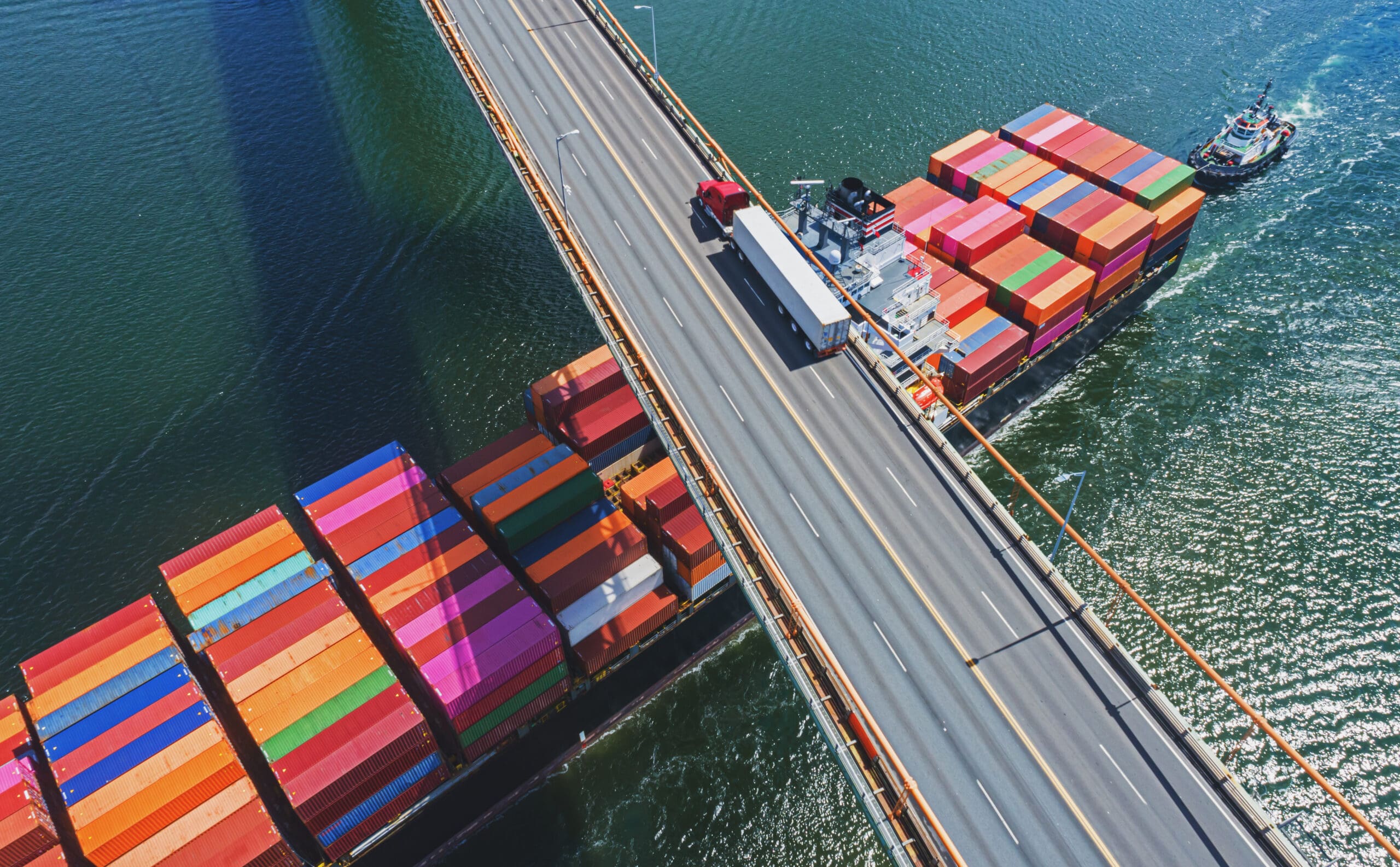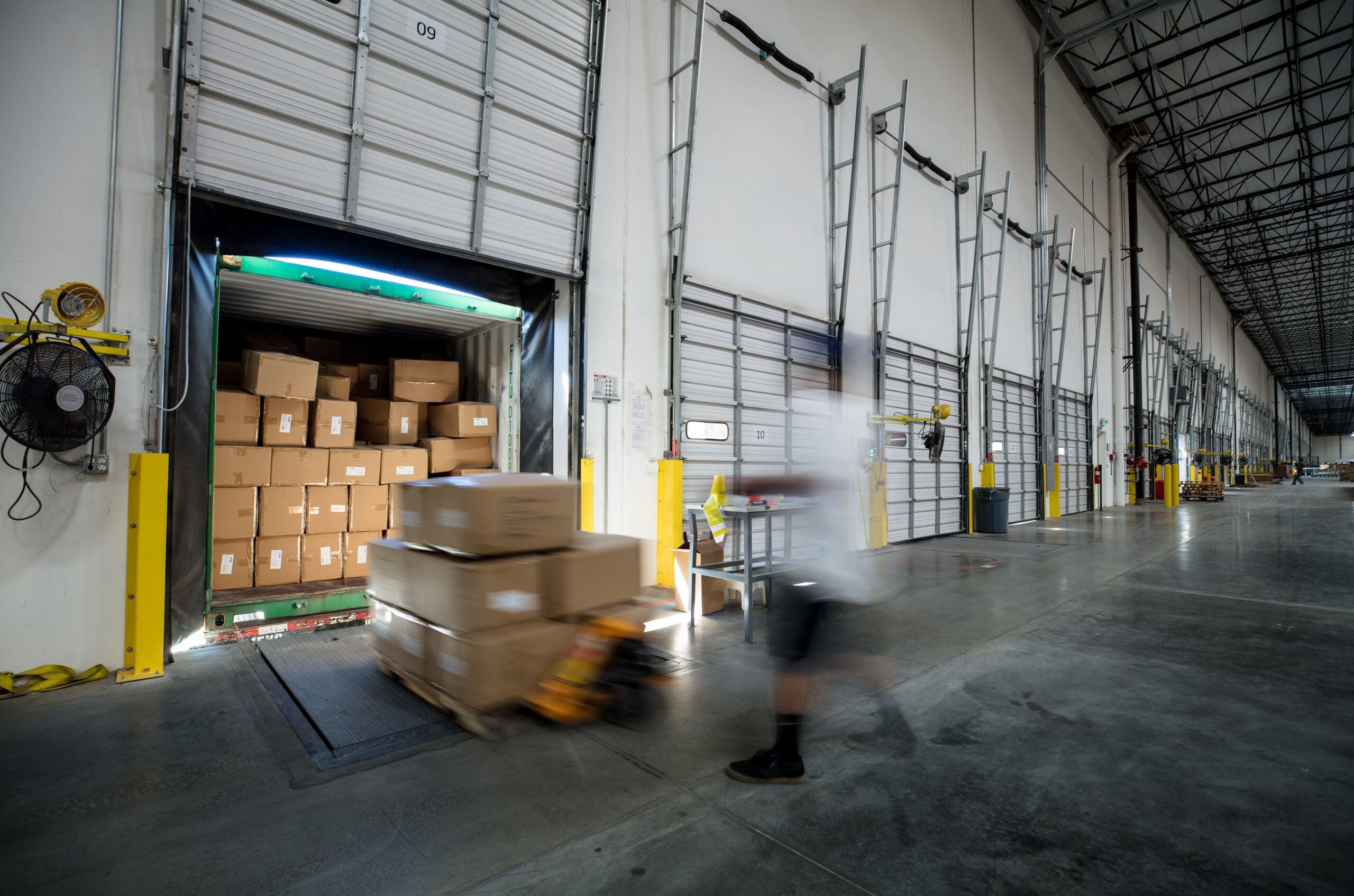Supply chains are a critical part of operating an efficient business. Whether you manufacture products or retail products, you will likely have some sort of supply chain. Identifying the various roles within your supply chain and analyzing how to make them as efficient as possible can save you time and money, thus allowing your business to flourish. With populations growing and technology advancing, supply chains are changing.
What is a supply chain?
The supply chain is essentially a network that facilitates how a product goes from its creation and manufacture, into the hands of the end-user. There are many links along the way, hence the name supply chain. Each link is responsible for its own individual contribution to progressing the product through the chain, however, they ultimately act as one unit. The supply chain consists of retailers, wholesalers, distribution centers, transportation and shipping companies, vendors, and producers. When a product is created and then manufactured, that product moves its way through the chain until it ends up in the hands of the consumer. As a company, your supply chain is essential to helping you maintain a seamless operation and satisfied customers. The speed at which the product moves through the supply chain varies based on the nature of your business, who your suppliers are, and the shelf-life of the product. Some products have shorter shelf-lives where their progression through the supply chain is constant with extremely time-sensitive turnaround time from when the product is ordered, to when it is created, to when it gets to the customer. Other products have longer shelf lives that allow for the creation of bulk inventory orders that can potentially qualify for steeper discounts. Bulk orders allow companies to stockpile inventory, which can be beneficial, especially if the supplier is overseas. Sure, it’s great to have an abundance of inventory on hand, however, a company also needs to find a balance to ensure that they do not have too much capital tied up in inventory. A seamless supply chain can help save costs and ensure customers’ orders are fulfilled in an efficient and timely manner while making sure a company does not have too much stock on hand. Having the perfect amount of inventory in stock can ensure that a company is fulfilling orders while still maximizing the amount of working capital they have at any given time.
How does a supply chain work?
As we just discussed, a supply chain is an interconnected system of producers, suppliers, vendors, distribution centers, transportation companies, wholesalers, and retailers. Depending on the product, a supply chain can be incredibly complex involving numerous entities across several continents. So, how does a supply chain actually work? Here is a basic breakdown of how a supply chain works in the modern era.
First, let us look at a supply chain in the simplest form. There are five main steps that every supply chain contains.
- Sourcing and extraction of raw materials.
- Manufacturing the extracted materials into the fundamental parts of a product.
- Assembling those manufactured parts into finished products.
- The sale of the finished products to consumers.
- The delivery of the finished products to consumers.
Under the umbrella of these five steps, many coordinated tasks are happening at the same time to progress the finished products from the manufacturer to the consumer. Tasks such as:
- The creation of contracts, documentation, and the establishment of expectations between the different parties within the supply chain.
- The movement of goods from one place to another, or from one organization to another.
- The storage of goods while they are progressing through the supply chain.
- The accurate tracking and managing of stock and inventory.
- Supply and demand management.
- The tracking and authentication of goods.
- The distribution of goods to the consumer.
A supply chain should be constantly monitored, and goods should be tracked through the supply chain to identify trouble areas and to allow for optimization. The individuals responsible for this type of monitoring are called supply chain managers. Supply chain managers also monitor the supply chain daily to identify issues and to work to resolve them to maintain the seamless flow of goods through the supply chain.
How important is supply chain management?
A well-managed and efficient supply chain increases profits by reducing operating costs and preventing wasteful spending. For example, inefficiencies in the supply chain have a way of rippling through the entire chain which can cause delays and cause profits to decrease. For example, delayed products from the distributor to the wholesaler can cause a retailer to cancel orders rather than fulfill them. Another example, an order that is lost by a transportation company en route from the fulfillment center to the customer can result in the need for a replacement product needing to be shipped. Each of the scenarios can cause overall profits to decrease.
What does the future hold for the supply chain?
The nature of supply chain solutions as we know it is going through a drastic transformation. How do the forces of automation and artificial intelligence play a role in the future of the supply chain? Digitization? The green movement? Each of these will play a major role in the shaping of how supply chains work in the future. Let us take a close look at a few of these driving forces of change.
- Automation and AI: Automation and AI will change the way information is shared across the supply chain as well as change how goods are manufactured. The more goods that are manufactured through automation, the more jobs will be lost.
- Sustainability focus: How raw materials are sourced is currently under a microscope of scrutiny, maybe for the best. However, there is increasing global pressure from consumers to source materials sustainably and to leave as little an environmental impact as possible. Sustainability also heavily applies to the transportation industry. How can we move goods along the supply chain while decreasing air pollution and environmental degradation? The future of the supply chain is green.
- Digitization: The digitization of the supply chain will change how supply chain managers analyze data to make improvements. It also changes everything from how purchase orders are submitted, how orders are tracked, and how money is moved to pay for goods and services in the supply chain, including the use of crypto-currencies and blockchain technologies.
These are just a few of the many driving forces that are creating drastic changes in the supply chain. The future of the supply chain will be greatly transformed in the next decade, and if you are a small business owner, it is important to evolve alongside the supply chain in order to make sure your business can compete in a changing market and landscape.
Tips to future-proofing supply chains
If you are a small business owner, you may want to consider taking some important future-proofing steps in order to prepare yourself for the future to better compete in a constantly evolving marketplace. Here are a few small steps you can take to better prepare for the future of the supply chain.
- Complete digitization and digital integration of the entire supply chain.
- Identify supplier relationships that are sustainable and consistent. Complete digitization will allow businesses to better analyze their supplier relationships to identify inefficiencies.
- Automation in the supply chain. For example, automating procurement may allow an AI to identify low stock items and automatically order them when stock falls below a certain threshold.
- Adopt ethical and responsible practices that are fair trade, fair labor, and sustainable.
These are just a few of the many small steps that a business can take to make sure that their supply chain is prepared for the future.
Grow your business with Kickfurther
As a business owner you will need to invest in several areas to help your business grow. As you expand operations, cash flow may get tight. If you need access to cash for inventory, you may need to consider financing options. What detours most business owners from financing is the cost and qualification requirements. At Kickfurther, we can help lower costs and make it easier to qualify.
Access the funds you need to grow your business. . . visit Kickfurther today!









